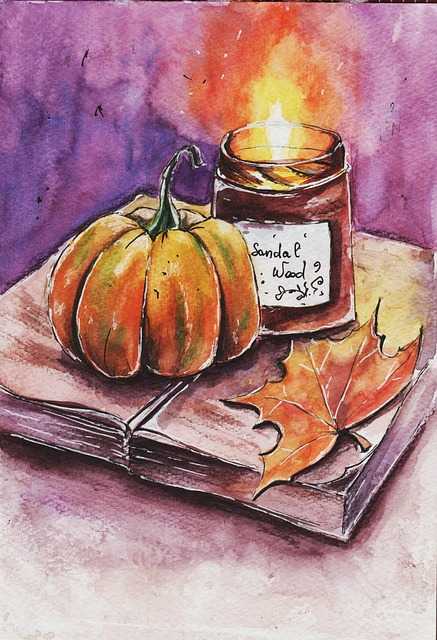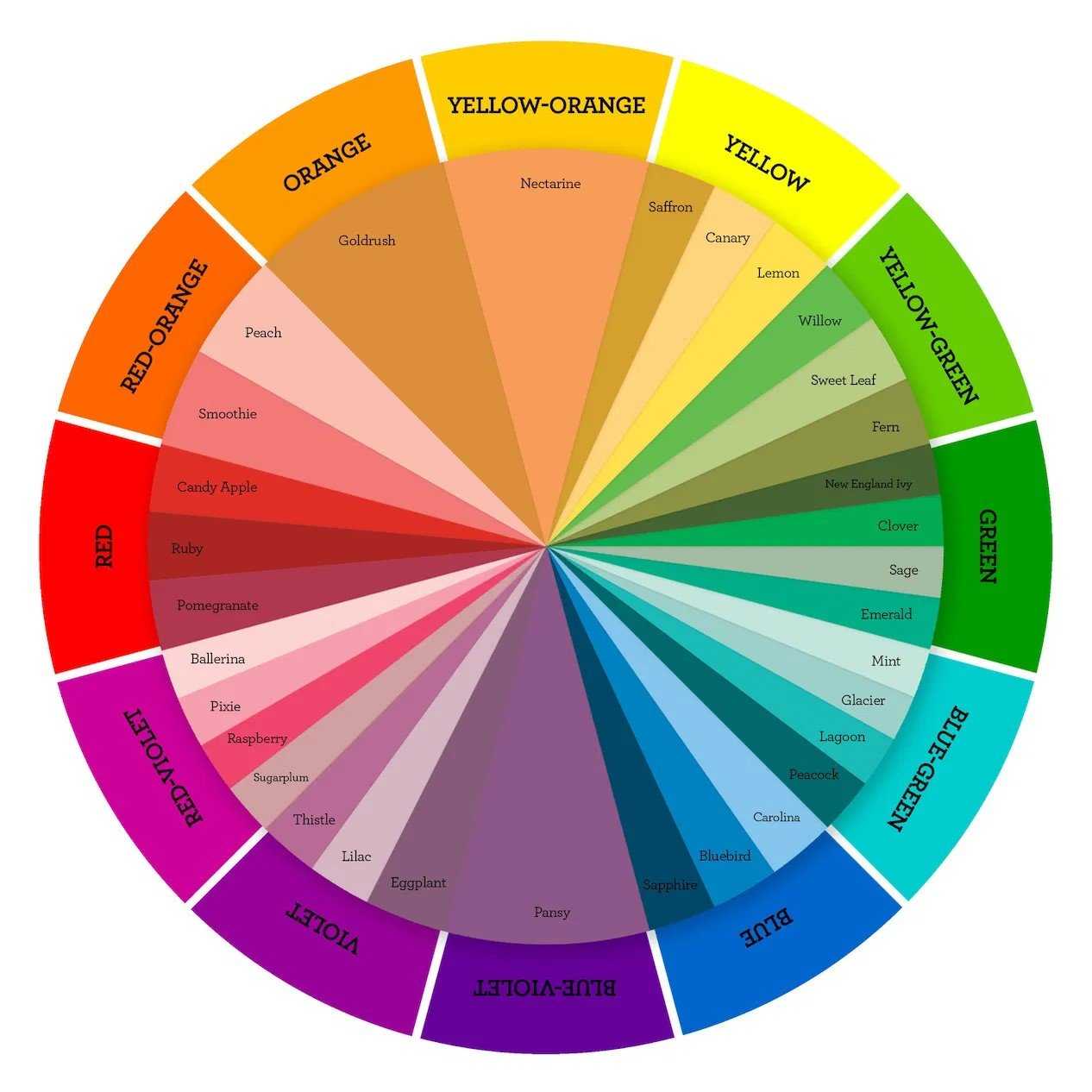Table of Contents
- Exploring the Beauty of Sunset Paintings and Their Emotional Impact
- Techniques to Capture the Magic of Sunset in Your Art
- Choosing the Right Color Palette for Stunning Sunset Landscapes
- Famous Sunset Paintings to Inspire Your Creative Journey
- Q&A
- Concluding Remarks


Exploring the Beauty of Sunset Paintings and Their Emotional Impact
Sunset paintings have an alluring quality that captivates viewers, drawing them into a world where colors converge in a harmonious blend. The vibrant hues of orange, pink, and purple dance across the canvas, evoking a sense of wonder and tranquility. Artists often use a variety of techniques and styles to represent sunsets, from impressionistic brush strokes to realistic depictions. Each piece tells a unique story, allowing the observer to experience the moment as if they were there, feeling the warmth of the fading sun.
The emotional impact of sunset paintings is profound. These artworks often symbolize the end of a day, a passage of time that resonates deeply with many. People find comfort in the sight of a sunset, associating it with reflection, peace, and closure. In fact, the emotional responses to such paintings can be categorized into several themes:
- Serenity: The calming colors and gentle transformations of light evoke feelings of relaxation.
- Nostalgia: Sunset scenes can spark memories of personal experiences, such as evening walks or romantic getaways.
- Hope: The transitioning colors can symbolize new beginnings, reminding viewers that every ending creates space for fresh starts.
- Connectedness: Sunsets often serve as common experiences that can bring people together.
Moreover, artists frequently incorporate elements of nature in their sunset compositions, enhancing the aesthetic appeal and emotional depth. Features such as silhouettes of trees, mountains, and water bodies add layers to the painting, inviting viewers to explore further. Nature’s elements not only complement the sunset but also reflect the artist’s emotions and intentions, resulting in an evocative portrayal that encourages contemplation. Analyzing these components allows us to appreciate not just the beauty of the scene, but the artist’s journey in capturing that fleeting moment.
To illustrate the variety of techniques and styles used in sunset paintings, the chart below highlights diverse approaches and their emotional resonances:
| Technique/Style | Emotional Resonance |
|---|---|
| Impressionism | Lightness, spontaneity |
| Realism | Calmness, clarity |
| Abstract | Intrigue, curiosity |
| Symbolism | Connection, reflection |
Ultimately, sunset paintings serve as a reminder of nature’s beauty and its ability to evoke powerful emotions. Whether experienced in a gallery, at home, or during a peaceful moment outdoors, these artworks resonate deeply, inviting viewers to lose themselves in the wonder of color and light. They inspire not just appreciation for the artistry but also a connection to the world around us and to ourselves.
Techniques to Capture the Magic of Sunset in Your Art
To truly depict the awe-inspiring beauty of a sunset, artists can utilize various techniques that enhance color vibrancy and emotional depth. One popular method is layering transparent washes of color, allowing the underlying hues to bleed and blend naturally. This approach captures the essence of the fleeting light, creating an ethereal glow that reflects the magic of dusk. Additionally, using a limited palette can help your sunset painting maintain a harmonious feel, focusing on the warm reds, oranges, and golden yellows while leaving cooler tones to provide contrast and balance.
Consider experimenting with brush techniques to mimic the cloud formations that often accompany sunsets. Techniques such as stippling or dabbing can create texture and depth in the sky, giving the illusion of wispy clouds illuminated by the fading light. Utilizing a fan brush can also help to create the soft edges of clouds, while a palette knife can introduce sharp lines and contrasts where needed. It’s important to embrace spontaneity during this process; the unpredictable nature of blending colors can lead to unexpected beauty, capturing the dynamic essence of a sunset.
A strong focal point in your composition can anchor your sunset painting, leading the viewer’s eye through the artwork. Whether it’s a silhouetted tree, a serene body of water reflecting the sky’s colors, or distant mountains basking in the twilight, a well-placed focal point provides context and depth. To enhance this effect, artists might consider utilizing the rule of thirds to create a balanced composition, ensuring that the horizon line or key elements draw the eye naturally across the canvas.
Lastly, patience is key. The beauty of a sunset is often found in its transitions and the subtle interplay of light and shadow. Take time to observe how sunlight dances off surfaces, and how colors shift as the sun sinks below the horizon. Keeping a sketchbook to jot down observations during sunsets can be immensely beneficial, allowing artists to capture fleeting moments and emotions that can later be translated into their artwork. Emjecting genuine experience into your art can foster a connection with viewers, inviting them to share in the mesmerizing beauty of a sunset.


Choosing the Right Color Palette for Stunning Sunset Landscapes
When it comes to capturing the mesmerizing beauty of sunset landscapes, selecting the right color palette can make all the difference. The enchanting hues that dance across the sky during sunset can range from vibrant oranges to calm purples, and each color tells its own story. To create stunning artworks that evoke emotion, it’s essential to understand the emotional impact of various colors. For instance, oranges and yellows radiate warmth and energy, whereas purples and deep blues may elicit feelings of calm and serenity.
For artists looking to replicate the splendor of a sunset, consider starting with a base palette that mimics the most prevalent colors found in nature during this magical hour. Here’s a simple palette to get you started:
- Coral Red: A vibrant mix of red and orange for warmth.
- Golden Yellow: Captures the sun’s last rays asking viewers to feel the sun’s embrace.
- Soft Lavender: Adds depth and tranquility to balance vivid colors.
- Midnight Blue: Perfect for the early night sky, enriching the overall composition.
Using these colors in various proportions can create a balanced and harmonious artwork. Experiment with gradients, blending techniques, and layering to mimic the soft transitions of color that you might witness in nature. It’s also helpful to analyze real sunset photographs or landscapes to see how the colors shift as daylight fades. Incorporating techniques like glazing can enhance the luminosity and depth, providing a captivating quality to your painting.
Keep in mind that the mood of your sunset painting can be dramatically altered by simply adjusting the hues or saturation levels in your color choices. A warm, fiery sunset might call for more intense reds and golds, while a cooler sunset might lean towards softer pinks and blues. Below is a compact reference table for color sourcing:
| Color | Hex Code | Emotion Evoked |
|---|---|---|
| Coral | #FF6F61 | Passion, Warmth |
| Golden Yellow | #FFD700 | Joy, Optimism |
| Lavender | #E6E6FA | Peace, Calm |
| Midnight Blue | #191970 | Mystery, Depth |


Famous Sunset Paintings to Inspire Your Creative Journey
Throughout art history, the ethereal beauty of the sunset has captivated countless artists, inspiring them to capture its fleeting essence on canvas. Each painting tells a story, as vibrant hues meld and dance across the sky, igniting a sense of wonder in the observer. From the soft pastels of dawn to the fiery oranges and deep purples of dusk, sunset paintings invite viewers to pause and reflect.
Here are some iconic works that exemplify the allure of sunset:
- Claude Monet: “Impression, Sunrise” – This masterpiece not only gave the Impressionist movement its name but also perfectly encapsulates the transient moment when day greets night with shimmering colors.
- J.M.W. Turner: “The Fighting Temeraire” – A poignant depiction of a ship being towed to its last berth, this painting uses a striking sunset to evoke themes of nostalgia and change.
- Camille Pissarro: “Sunset at Eragny” – Pissarro’s brushwork showcases the ethereal light that floods the landscape as the sun descends, drawing attention to the interplay of nature and the human experience.
A closer examination of these paintings reveals the techniques that make them exceptional. Artists often employ dynamic brushstrokes to convey movement and emotion, enhancing the viewer’s experience of the scene. The use of color theory is pivotal; warm tones are often juxtaposed with cool accents to create depth and dimension. Additionally, composition plays a significant role in guiding the viewer’s focus, whether it’s through the placement of the horizon line or the balance of light and shadow.
Consider replicating these techniques in your own artwork by taking inspiration from your surroundings. Whether you choose to work with oil paints, watercolors, or digital mediums, remember to embrace the spontaneity that sunsets offer. Emphasizing the emotion of the moment over realistic representation can unlock new levels of creativity. Explore your unique perspective and let the beauty of sunsets transform your artistic practice.
Q&A
Q&A: Exploring the Beauty of Sunset Paintings Q1: What is the significance of sunset paintings in art? A1: Sunset paintings hold a special significance in the art world as they capture the fleeting moments of twilight—an intersection of day and night. Artists often use these scenes to evoke emotions, representing transitions, introspection, and the natural world’s beauty. The vibrant colors and dramatic skies of sunsets invite viewers to appreciate the ephemeral nature of time and life.Q2: What techniques do artists typically use to paint sunsets? A2: Artists employ a variety of techniques to portray sunsets effectively. Common methods include blending colors seamlessly to create gradients that mimic the natural transitions seen in the sky. Techniques like glazing, where thin layers of paint are applied, can enhance luminosity. Some artists may also use impasto, adding texture by applying paint thickly, thereby emphasizing the swirling clouds and dynamic colors.
Q3: Who are some famous artists known for their sunset paintings? A3: Several artists have left a lasting legacy with their stunning sunset artworks. Notably, Claude Monet’s “Impression, Sunrise” exemplifies the beauty of early morning light transitioning to dusk. Another mention is J.M.W. Turner, known for his dramatic depictions of sunsets and atmospheric effects. Van Gogh’s “Starry Night” and Edward Hopper’s “Cape Cod Evening” also capture the essence of twilight, reflecting personal emotions and landscapes.
Q4: What emotions do sunset paintings typically evoke in viewers? A4: Sunset paintings often evoke a spectrum of emotions. The warm hues of oranges, pinks, and purples can inspire feelings of calm and serenity, inviting contemplation. They may also elicit nostalgia, reminding viewers of personal moments spent outdoors at dusk. Some may feel a sense of hope or renewal, as sunsets signify an end that leads to new beginnings, particularly as they transition into night.
Q5: How can someone create their own sunset painting? A5: Creating a personal sunset painting begins with observing real sunsets or referencing photographs for inspiration. Start by sketching the horizon, noting the color palette observed in the sky. Use broad strokes to apply the background colors, then gradually layer darker hues for clouds and the foreground. Experiment with blending techniques and allow yourself to enjoy the process, free from the pressure of perfection. Most importantly, embrace the mood you wish to convey!
Q6: Where can I find sunset paintings to appreciate or purchase? A6: Sunset paintings can be found in various art galleries, both online and offline. Websites like Saatchi Art and Artsy feature a wide range of sunset artworks from contemporary artists. Local galleries may also host exhibitions that focus on landscape and sunset themes. Additionally, art fairs and craft markets often showcase local talent where original sunset paintings can be purchased. Don’t forget about online marketplaces like Etsy, where you can discover unique pieces from independent artists.
Q7: How do sunset paintings differ across cultures? A7: Sunset paintings vary significantly across cultures, often reflecting local landscapes, traditions, and artistic styles. In Western art, sunsets might symbolize fleeting beauty or a moment of tranquility, while in Eastern art, they may represent harmony with nature. Indigenous and tribal artwork may use sunsets to convey stories of creation or spiritual significance. Each culture brings unique colors and interpretations that enrich the global tapestry of sunset art.
Feel free to explore the captivating world of sunset paintings, where every stroke of the brush tells a story of nature’s most beautiful moments!
